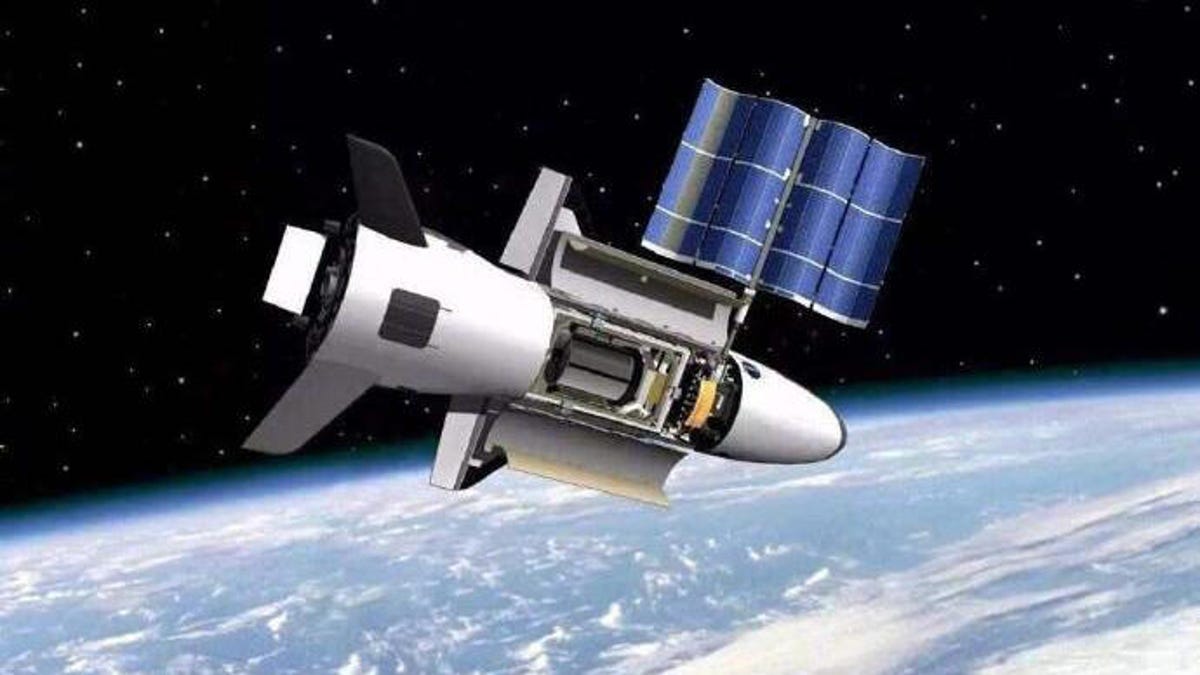China's secretive 'space plane' makes successful return to Earth
After two days in orbit, the experimental reusable spacecraft glides home, but details on the mission remain scant.

China's reusable experimental spacecraft, rumored to be a space plane like the above, spent two days in orbit, according to Chinese state-run media outlets.
China's "reusable experimental spacecraft" has returned to Earth after spending two days in low-Earth orbit. The secretive mission released an unknown object during its time in space and marks an "important breakthrough" in the country's reusable spacecraft research program, according to Chinese state-run Xinhua media outlet.
The spacecraft launched from the Jiuquan Satellite Launch Center in northwest China on Friday, atop a Long March 2F rocket. It is believed to be a space plane similar to the US Air Force X-37B, but no images of the launch or return have been released. The veil of secrecy has led some space-watchers to suggest it could be a military space plane.
On Monday, the People's Daily Science account on Twitter posted a brusque update, echoing the sentiments published by Xinhua. No details of the landing time or site have been released.
China's reusable experimental spacecraft on Sun returned to the scheduled landing site after a 2-day in-orbit operation, marking the country's important breakthrough in reusable spacecraft research and is expected to offer convenient and low-cost round trip transport. pic.twitter.com/otcP1ZNZAT
— China Science (@ChinaScience) September 7, 2020
According to Andrew Jones, a journalist covering China's space program, further flights are expected to follow the initial test launch and, quoting Chen Hongbo, an official with China Academy of Launch Vehicle Technology, he suggests the new vehicle may be able to fly "more than 20 times."
The reusable space plane is believed to be more space shuttle than SpaceX . It launches vertically but lands horizontally, coasting onto a runway during its return to Earth. Jonathan McDowell, an astronomer at the Harvard-Smithsonian Center for Astrophysics, and other internet sleuths suggest the experimental spacecraft may have landed at an airbase in the Taklaman desert in northwest China.
Monday also saw China launch a Long March 4B rocket from the Taiyun Satellite Launch Center in northern China. The rocket's first-stage booster came crashing back to Earth shortly after launch, with harrowing footage uploaded to Chinese social media site Weibo of the booster exploding near a school.
Launches you may be familiar with in the US, such as those conducted by SpaceX and NASA, take place close to the coast, but China often launches from inland sites, resulting in debris falling back to Earth over populated areas which sometimes have to be evacuated prior to launch.

